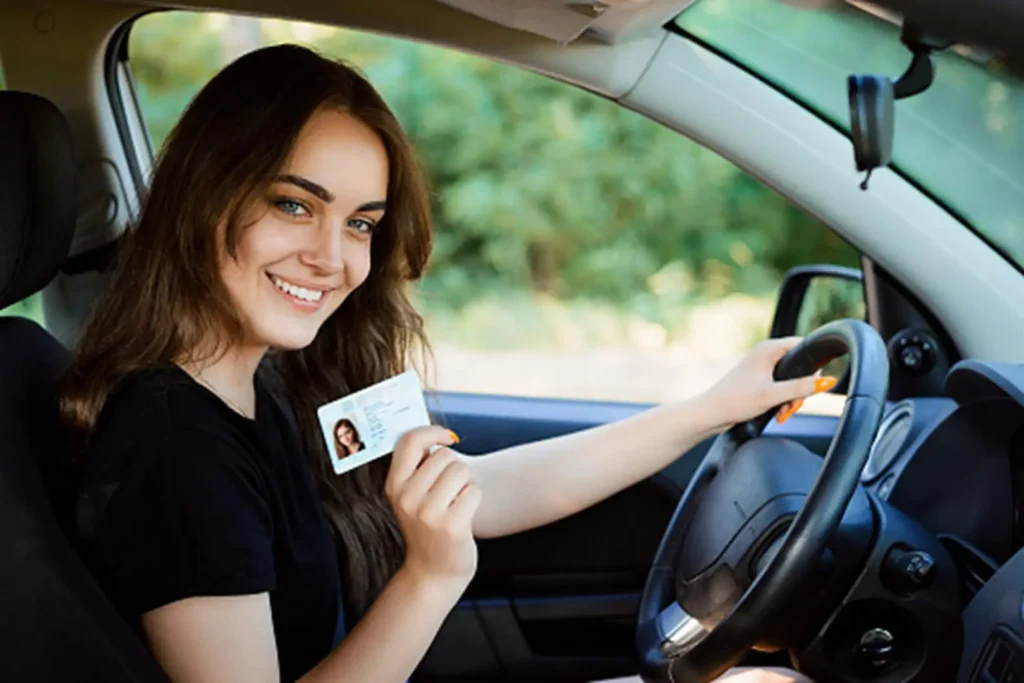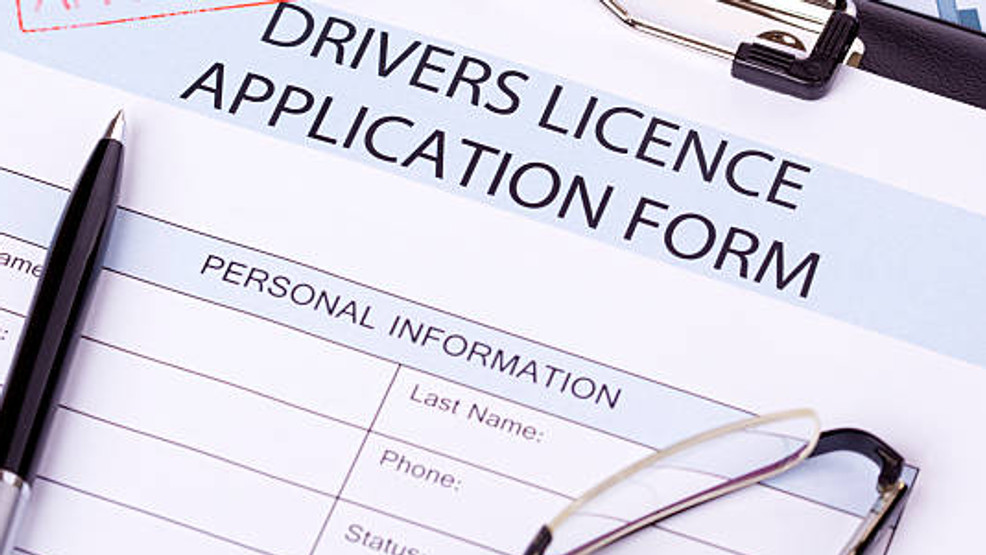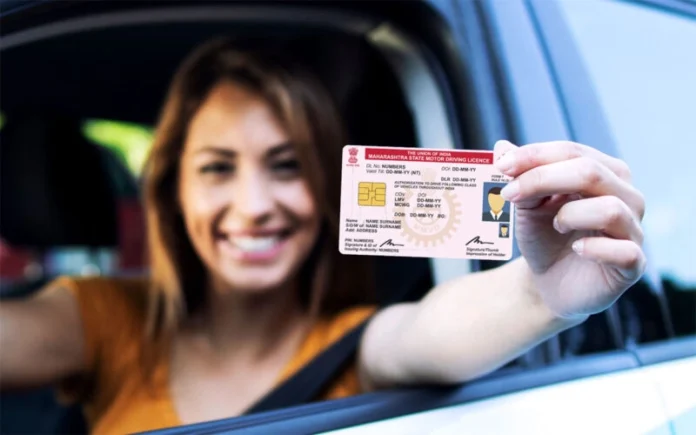It allows new drivers to practice under supervision before applying for a permanent driving license. Whether you’re a teenager excited to hit the road or an adult finally taking the plunge, understanding the process can make things easier.
A learner’s license ensures that drivers have basic knowledge of road rules, traffic signs, and safe driving practices. Issued by the Regional Transport Office (RTO), it is valid for six months and is mandatory before applying for a permanent license.
What is a Learner’s License?

It’s an official document issued by the Regional Transport Office (RTO) in India that says. It’s not a full driving license it’s more like a beginner’s pass. You can drive on public roads, but only if someone with a permanent driving license is with you. It’s valid for 6 months, giving you plenty of time to get the hang of things before you go for the big prize: a permanent driving license.
Why does it matter? Well, the Motor Vehicles Act, 1988, says no one can drive without a valid license learner’s or permanent. Plus, it’s your chance to learn traffic rules and road safety before you’re on your own. Pretty cool, huh?
Eligibility Criteria for a Learner’s License
Not everyone can just waltz in and grab a Learner’s License there are some ground rules! Here’s who qualifies:
- Age:
- 16 years: If you’re eyeing a motorcycle without gears (up to 50cc), you’re good to go at 16. But you’ll need your parents’ or guardian’s consent since you’re still a minor.
- 18 years: This is the magic number for most folks cars, geared motorcycles, and light motor vehicles (LMVs).
- 20 years: Want to drive a commercial vehicle like a truck? You’ll need to be at least 20 and meet extra requirements.
- Knowledge: You need to know basic traffic rules and road signs. Don’t worry you’ll get tested on this later!
- Fitness: You should be physically and mentally fit to drive. For some vehicle types (like commercial ones), a medical certificate might be required.
The rules might tweak a bit depending on your state, so double-check with your local RTO. But generally, if you fit these boxes, you’re ready to roll!
Documents Needed

No matter how you apply, you’ll need some paperwork. Here’s your checklist:
- Proof of Age: Birth certificate, 10th marksheet, passport, or PAN card.
- Proof of Address: Aadhaar card, voter ID, utility bill, or rent agreement.
- Passport-Size Photos: Usually 3-4 recent ones smile optional!
- Form 2: The application form, filled and signed.
- Medical Certificate (if needed): Form 1A for folks over 40 or applying for commercial vehicles.
- Parental Consent: If you’re under 18, your guardian needs to sign off.
Keep originals and photocopies ready RTOs love their paperwork! And if you’re applying online, scan these in advance.
How to Apply? (Online vs. Offline)
Step-by-Step Process to Apply Online
Tech-savvy? Awesome! Applying for your Learner’s License online is super convenient. Here’s how you do it:
- Visit the Parivahan Website: Head to parivahan.gov.in or your state’s transport portal. This is the official hub for all things driving-related in India.
- Pick Your State: Select your state from the dropdown processes can vary slightly across India.
- Find the Application Option: Look for “Online Services” > “Driving License Related Services” > “Apply for Learner’s License.”
- Fill the Form: Enter your details—name, age, address, vehicle type (bike, car, etc.), and Aadhaar number if needed. It’s like filling out a school form, but digital!
- Upload Documents: Scan and upload your proofs (more on this later). Make sure they’re clear no blurry pics!
- Pay the Fee: Fees are usually ₹150–₹200 (plus a ₹50 test fee). Pay online via card, UPI, or net banking. You’ll get a receipt save it!
- Book a Test Slot: Pick a date and time for your LL test. Some states let you take it online; others require an RTO visit.
- Take the Test: Pass it, and boom your Learner’s License is ready! You can download it from the portal or get it mailed.
- Pro tip: Keep your application number handy it’s your golden ticket to track everything!
How to Apply Offline at the RTO
Not into online stuff? No problem! You can apply the old-school way at your nearest RTO. Here’s the drill:
- Grab the Form: Visit your RTO and pick up Form 2 (the LL application form). Or download it online and print it.
- Fill It Up: Write down your details name, address, vehicle type and stick a few passport-size photos where asked.
- Gather Documents: Bring your age proof, address proof, and anything else required (we’ll cover this next).
- Submit: Hand over your form and docs to the RTO officer. They’ll check everything.
- Pay the Fee: Shell out ₹150–₹200 cash (plus ₹50 for the test). You’ll get a receipt hold onto it!
- Schedule the Test: They’ll give you a date for the LL test. Show up on time!
- Pass and Collect: Ace the test, and they’ll issue your Learner’s License on the spot or soon after.
What’s This Learner’s Test?

It’s not rocket science, but it does require some knowledge. It’s either computer-based or pen-paper format. You’ll answer 10-15 multiple-choice questions. Questions are about road signs, traffic rules, and safety measures. To pass, you need at least 60-70% correct answers. Fail? No worries! You can retake it after a few days.
Fees for a Learner’s License
Let’s talk money! The cost isn’t too heavy on the pocket, but it varies slightly by state and vehicle type. Here’s the breakdown:
- Application Fee: Around ₹150–₹200 per vehicle category (e.g., bike, car).
- Test Fee: An extra ₹50 for the LL test.
- Total: Expect to pay ₹200–₹250 in most cases.
Online payments are smooth with a digital receipt. Offline, it’s cash or sometimes card at the RTO. Fun fact: this fee is peanuts compared to the freedom of driving you’re unlocking!
Validity and What Happens Next
Got your Learner’s License? Sweet! It’s valid for 6 months across India. During this time:
- Practice: Drive with an “L” sign on your vehicle and a licensed driver beside you.
- Next Step: After 30 days (but within 180 days), you can apply for a permanent driving license. You’ll need to pass a driving test for that more on that in another blog!
- Expired?: No renewals here you’ll need to reapply from scratch if it lapses.
It’s your training wheels phase make the most of it!
Ready for a Permanent License?
So, you’ve practiced for a month and feel ready? Here’s how to upgrade:
- Visit RTO or Parivahan website.
- Book a driving test appointment.
- Take the driving test show them you’ve got the skills!
- Pass? Congrats! You get your permanent license.
Final Thoughts
A learner’s license is the first milestone in your driving journey, ensuring you understand traffic rules before hitting the road independently. Whether you apply online or visit the RTO, following the right process makes it easy to obtain. Staying aware of the eligibility criteria, required documents, and fees will help you navigate the application smoothly.
Remember, driving with a learner’s license means following the rules always have a valid supervisor with you and display the ‘L’ sign on your vehicle. Once you gain confidence and complete the required learning period, you can apply for a permanent license.








